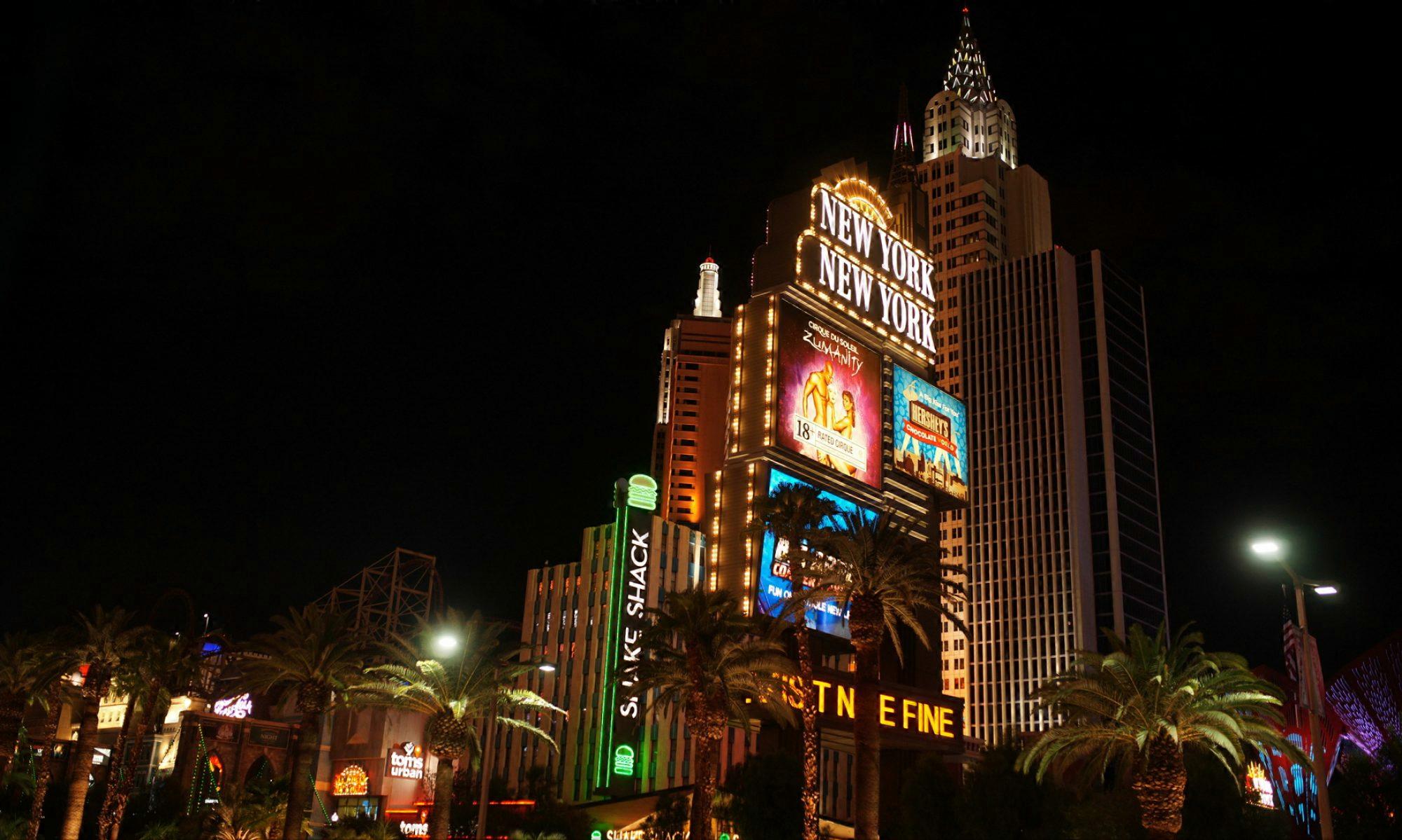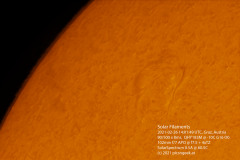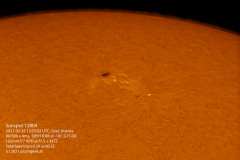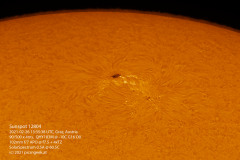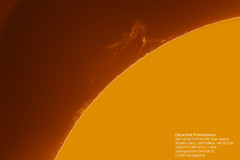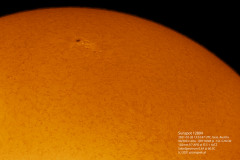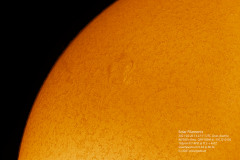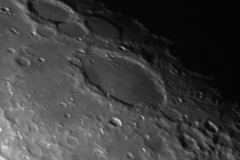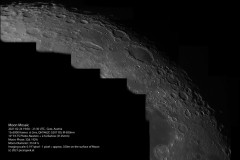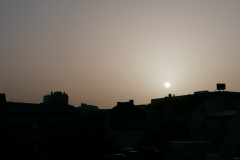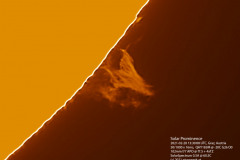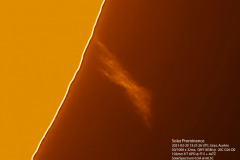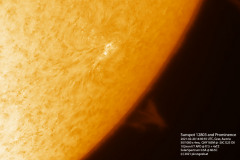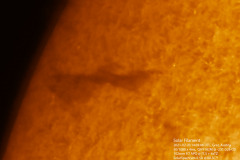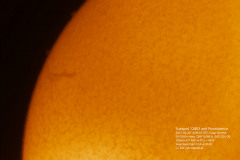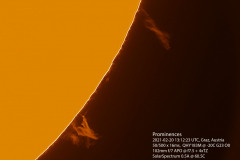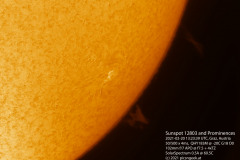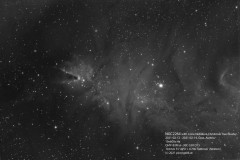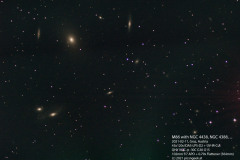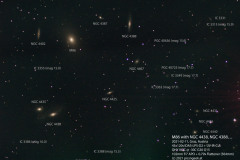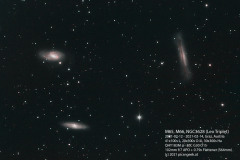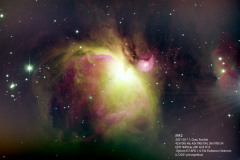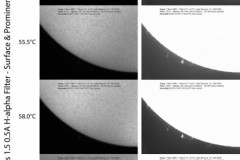Finally, the clouds did break! After more than 2 months, this is the first chance to do some astro photography. It would have been a great opportunity to go up on one of my mountain observing spots. But with clear skies and a northern wind, temperatures dropped to -10C and below. So I stayed in the comfy warmth of home with urban light. Even though, narrow band images are still possible with quite long exposure times.
With the great Orion nebula, imaging is not too hard to accomplish, as the nebula is really bright. So a set of 110 exposures of 100s revealed the following image. Unfortunately, I could not completely remove the amp-noise from the camera as well as the uneven background. I have to improve my skills in post processing 😉
Image data:
Date: 2021-02-11
Location: Graz, Austria
Telescope: 102mm f/7 APO with 0.79x flattener (equals to 564mm focal length)
Camera: QHY183M @ -20C
Filters: Baader narrow band Ha, Oiii, Sii
Guiding: MGEN-II with off-axis guider
Exposures: 42x100s H-alpha, 42x100s O-iii, 26x100s S-ii
